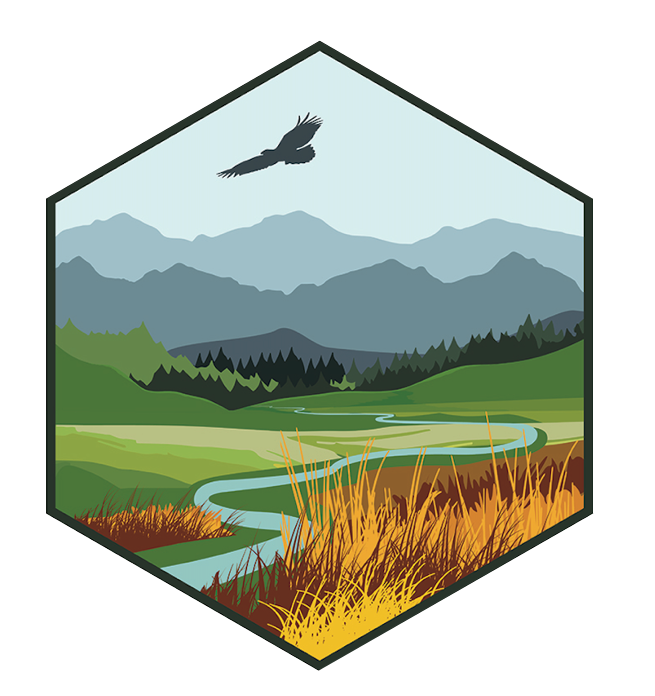Rapid Ecological Change & Transformation Across the Middle and Southern Rockies During a Previous Climate Warming
How did rapid ecological change and transformation in the Middle and Southern Rockies unfold during a previous, dramatic climate warming? Answering this question could help resource managers better prepare for such phenomena in the future.
Fast Drought - An Oxymoron?
New research is showing that contrary to past thinking of drought as a slow process taking multiple seasons or years to fully develop, fast-evolving drying events are becoming more common.
Welcome to Dr. Jamie Peeler!
Find out more about postdoc fellow, Jamie Peeler, a landscape ecologist dedicated to tackling forest conservation challenges in a more fire-prone world.
Webinar Recording Available
Missed the December 8, 2022 NC CASC webinar?
Experts: More Diverse Science is Better Science
Congratulations to USGS Deputy Director, Dr. Aparna Bamzai-Dodson, on being quoted in an E&E news article. As an attendee of the annual conference of the American Geophysical Union, Bamzai-Dodson emphasized the importance of diverse groups in finding creative solutions to complex problems such as global warming.
Dr. William Travis Quoted in Discovery Magazine
“Adapting to the current climate is not necessarily what you want to do for the future climate,” says William Travis, a geographer at CU Boulder.
2/9/23 Webinar Available Online
Drought, despite being an episodic phenomenon, is capable of triggering persistent changes to ecosystems, with important consequences for both biodiversity and human communities.
The Decline of the Western Bumble Bee
The western bumble bee was once common in western North America, but increasing temperatures, drought, and pesticide use have contributed to a 57% decline in the occurrence of this species in its historical range.
NC CASC climate lead, Dr. Imtiaz Rangwala, is a co-author on this new U.S. Geological Survey-led study.
Welcome to Dr. Kyra Clark-Wolf!
The NC CASC is happy to welcome postdoctoral associate, Dr. Kyra Clark-Wolf! She is studying ecological transformation in a context of changing climate and disturbance regimes. Kyra’s research interests integrate perspectives from paleoecology, fire ecology, and ecosystem ecology.
NC CASC Research Reel
The North Central Climate Adaptation Science Center strives to help natural and cultural resource managers use actionable and open data, tools, and innovative science and information to make climate-informed decisions that support resilient ecosystems.
Contact Us
Want to see more? Do you have feedback? Was this site helpful? Send us an email!

